Development of Relational Enzymes Function Model for Medicinal Plants. June 2015
CHAPTER 4
SYSTEM DESIGN
The main perspective of the system is to manage the enzymes details with proper structure and EC no. As the system is organized specially for the differently abled people it is designed in such a way that the person must be convenient in using the system. The design involves new person’s registration with the help of unique no or by mobile no. Then further the person will be assigned to access the model. Fig 4.1.1 shown below is the architectural design for enrolling new person for accessing the model.






























Fig 4.1.1: Architectural design for Adding New Enzymes in Functional Model
The detail of enzymes can be found in many websites but the web sites doesn’t give the permission to direct fetch data from the its web page, there are some limitation’s and data can be accessed by using some protocols.
By using some rules we have to fetch data from the websites but it can’t be directly inserted to database, it has to match some rule on basis of the medicinal uses and Enzymes name.
Fig 4.1.2 shows the block diagram to Adding New Enzymes to the database. Initially here the Enzymes will be matched with their EC no and check for similar data present in database if it found then it can’t not be inserted o database and if didn’t found then it will save in database.








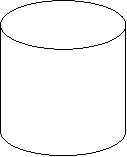









Fig 4.1.2: Block Diagram for enrolling candidates to the training program
Enzymes Details Table Definition and login page table Defination
The table 4.1.1 Person Details shows various fields related to persons and data type for each field with constraints.
|
Column |
Data type |
Key |
Description |
|
Mobile No/UID |
integer |
Primary key |
All the persons have different Identification so record should keep the no of persons accessing the model. |
|
Name of Person |
Varchar |
Foreign key |
Name of candidate. First, Middle and Last names are entered separately |
|
Date-Of-Birth |
Int |
Not Null |
Date of birth of the candidate |
|
Gender |
Varchar |
Not Null |
Gender of the candidate |
|
Qualification |
Varchar |
Not Null |
It determine the qualification of person who accessing the model |
|
Address |
Varchar |
Not Null |
Address of the candidate |
Table 4.1.1: Table shows the definitions Person Details
Enzymes Table Definition
The table 4.1.2 Enzymes Details shows the details of Enzymes and its Description
|
Column |
Data type |
key |
Description |
|
EC No |
Int |
Primary Key |
It displays the Enzymes Unique identification |
|
Enzymes Name |
Varchar |
Not Null |
It Displays the Enzymes Name |
|
Medicinal Plants |
Varchar |
Not Null |
It Displays the Medicinal Plants name . |
Table 4.1.2: Table shows the definitions of Enzymes Details
Enzymes Description Table Definition
In the table 4.1.3 Enzymes Description it contains the details of searching the Enzymes Details with EC no Medicinal Plants Name and Disease which includes data type and constraints for each field.
|
Column |
Data type |
Key |
Description |
|
Search for |
int |
Primary key |
EC No to Search |
|
EC No |
int |
Foreign key |
Display EC NO With Details |
|
Medicinal Plants |
Varchar |
Not null |
Types Of Enzymes Present |
|
Disease |
Varchar |
Not null |
Medicinal Plants used for Disease |
Table 4.1.3: Table shows the definitions of Enzymes Description
The system consists of 4 modules. They are
In this module the files which are being fetched or downloaded using third party tool are fetched from the repository.
In this module, from the files that are stored in the MySQL, the required data is extracted.
This module consists of the output data that are extracted based on requirement, from the files that are passed as input
This module does the processing of the output obtained.
There are some assumptions made during the work. They are: When the tool is ported the tool consists of 1 GB RAM, 120 GB Hard Disk, 2.3 HZ Processor and Windows Operating System, .NET Framework and Visual Studio 2010 are installed.
4.2 Context Diagram for enrolling candidates to the training program
The boundary of the elements in the system have been showed in the below diagram











Fig 4.2.1: Context diagram for enrolling candidates to the training program
CHAPTER 5: DETAILED DESIGN DOCUMENT SPECIFICATION
(OBJECT ORIENTED APPROACH)
5.1 System Design
OMT (Object Modeling Technique) has proposed three main types of modeling.
The object model represents the static and most stable phenomena in the modeled domain. Main concepts are classes and associations with attributes and operations. Aggregation and generalization (with multiple inheritances) are predefined relationships. The object model represents the artifacts of the system.
The dynamic model represents a state/transition view on the model. Main concepts are states, transitions between states, and events to trigger transitions. Actions can be modeled as occurring within states. Generalization and aggregation (concurrency) are predefined relationships. The dynamic model represents the interaction between these artifacts represented as events, states, and transitions.
The functional model handles the process perspective of the model, corresponding roughly to data flow diagrams. Main concepts are process, data store, data flow, and actors. In brief, a functional model in OMT defines the function of the whole internal processes in a model with the help of “Data Flow Diagram (DFD’s)”. It details how processes are performed independently. The functional model represents the methods of the system from the perspective of data flow.

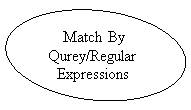












































Figure 5.1.2 Use Case Diagram of Textual Extraction Automation Tool
The Use case Diagram shows the functional aspect of the system. Document Chunk Reader fetches the documents and reads through the Repository and the extracted data are sent is sent through the same Repository Service. Extend and Include use cases are shown in the figure.

 Activity Diagram
Activity Diagram





































Figure 5.1.3 Activity Diagram of Textual Extraction Automation Tool
The Activity Diagram here shows the flow of activities performed. Once the application is started, it fetches the paragraph and extracts the sentences that match the rules and apply regular expressions to extract the required data.






















































Figure 5.1.4 Sequence Diagram of Textual Extraction Automation Tool
The Sequence Diagram shows the sequence of events that are to be performed.






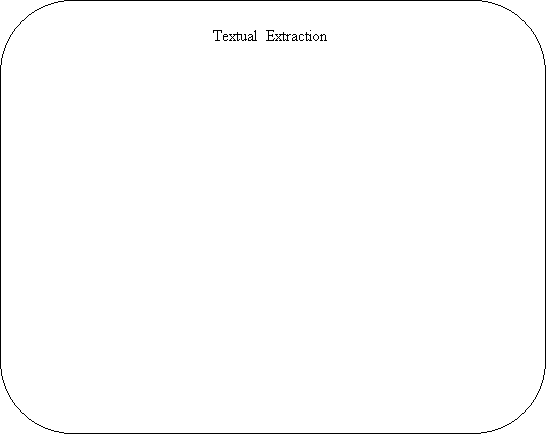














Figure 5.1.5 State Machine Diagram of Textual Extraction Automation Tool
The State Machine Diagram consists of a state called Textual Extraction in which the application is executed and the output in stored after displaying and the same output (required data and value).
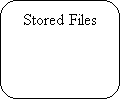 Data Flow Diagram
Data Flow Diagram











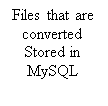
 <
<
Delivering a high-quality product at a reasonable price is not enough anymore.
That’s why we have developed 5 beneficial guarantees that will make your experience with our service enjoyable, easy, and safe.
You have to be 100% sure of the quality of your product to give a money-back guarantee. This describes us perfectly. Make sure that this guarantee is totally transparent.
Read moreEach paper is composed from scratch, according to your instructions. It is then checked by our plagiarism-detection software. There is no gap where plagiarism could squeeze in.
Read moreThanks to our free revisions, there is no way for you to be unsatisfied. We will work on your paper until you are completely happy with the result.
Read moreYour email is safe, as we store it according to international data protection rules. Your bank details are secure, as we use only reliable payment systems.
Read moreBy sending us your money, you buy the service we provide. Check out our terms and conditions if you prefer business talks to be laid out in official language.
Read more